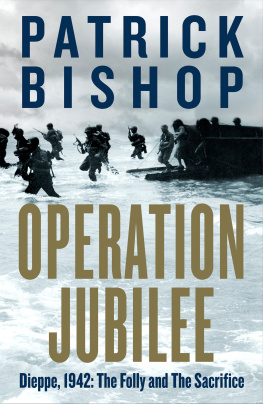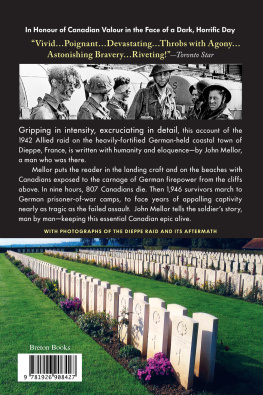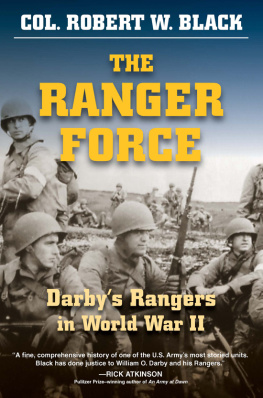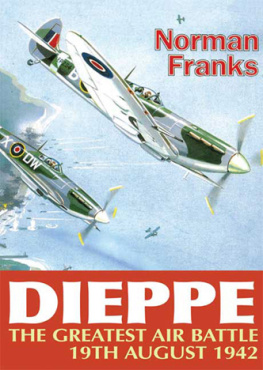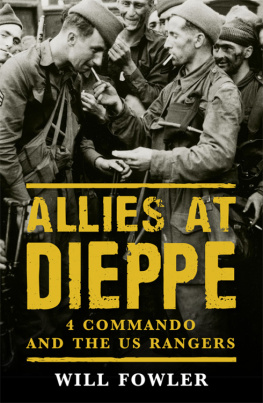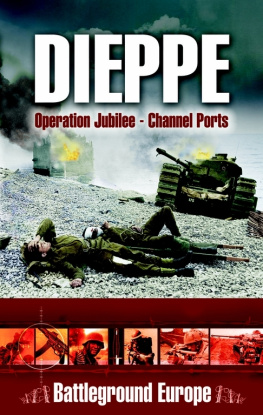This edition is published by PICKLE PARTNERS PUBLISHINGwww.picklepartnerspublishing.com
To join our mailing list for new titles or for issues with our books picklepublishing@gmail.com
Or on Facebook
Text originally published in 2003 under the same title.
Pickle Partners Publishing 2014, all rights reserved. No part of this publication may be reproduced, stored in a retrieval system or transmitted by any means, electrical, mechanical or otherwise without the written permission of the copyright holder.
Publishers Note
Although in most cases we have retained the Authors original spelling and grammar to authentically reproduce the work of the Author and the original intent of such material, some additional notes and clarifications have been added for the modern readers benefit.
We have also made every effort to include all maps and illustrations of the original edition the limitations of formatting do not allow of including larger maps, we will upload as many of these maps as possible.
Dieppe 1942: Reconnaissance In Force With Strategic Overtones
By
Colonel Lewis M. Boone
DIEPPE 1942: RECONNAISSANCE IN FORCE WITH STRATEGIC OVERTONES
Too large to be a symbol, too small to be a success. Lord Haw Haw, German propagandist commenting on the Dieppe raid
The raid on the small coastal town of Dieppe, France in August of 1942 represents to most readers of history, the epitome of failure. The story of Dieppe still evokes controversy among historians even today and much has been written about this relatively small engagement of World War II. The reasons why the raid on Dieppe failed at the tactical level are not difficult to discern. The question is: was anything learned by it and if so, was it applied by the Allies to future operations such as HUSKY in Sicily or Operation OVERLORD in Normandy?
Many believe the courage and sacrifice of an untested Canadian infantry division on 19 August, 1942 paid major strategic dividends, particularly on D-Day. Still others suggest it was a failure of leadership and a tragic waste of life with lessons that could have been learned in training. Even the characterization of the raid as a reconnaissance in force by Winston Churchill was steeped in controversy. It is not surprising that both sides claimed victory in varying degrees, the Germans in the near term, and the Allies in future battles. Lord Louis Mountbatten, the acknowledged strategic leader of the raid, defended its utility from a score of journalists, biographers, and veterans of the raid, until his assassination in 1979. Field Marshall Bernard Montgomery was spared most of the controversy as much of the documentation of the raid was still protected under the Official Secrets Act prior to his death. Finally, by most accounts, Major General J.H. Ham Roberts, the 2 nd Canadian Division commander, unfairly bore the responsibility for Dieppe's failure, all the while choosing not to become involved in the controversy. A closer examination in this paper of the consequences surrounding the raid on Dieppe will show that there were indeed some successes by the Allies on that fateful day and that lessons learned from Dieppe carried over to history's largest amphibious assault on 6 June 1944.
THE STRATEGIC LANDSCAPE: SPRING 1942
The Allied situation in the spring of 1942 was grim. The Germans had penetrated deep into Russia, the British Eighth Army in North Africa had been forced back into Egypt and in Western Europe, the Allied forces faced the Germans across the English Channel {1} German U-Boats were still exacting a terrible toll sending hundreds of thousands of tons of shipping to the bottom of the sea while Joseph Stalin was demanding that the Allies open a second front in the West to relieve the Russians from the German onslaught. Strategically, the Allies understood the dire consequences should Russia succumb to the Germans in the East. A negotiated settlement and the shift of German forces to the West, would at the least, extend the war for several more years. Great Britain's reaction since the fall of France in 1940 had been to conduct a series of small intelligence-gathering and harassing raids along the coast of France and Norway, none of which achieved any significant military objective. These raids, some as small as several individual commandos, seemed to raise morale in Britain and were intended to show the Nazis that Allied forces could return to the continent whenever it suited them.
In October 1941, Admiral Louis Mountbatten replaced Sir Roger Keyes as head of the British Combined Operations Headquarters and immediately set about focusing on planning a significant raid in size that would in his words, give the Allies the priceless secret of victory. That is, a raid that would inform the Allies on how to conduct an eventual attack on the continent that would lead to eventual victory. Early in 1942, following the United States Chiefs of Staff joining with their British counterparts to become the Combined Chiefs of Staff, a directive issued to Combined Operations stated: Raids in force designed to obtain information and experience in the enemy's defense system are to be pressed forward as opportunities arise. {2} This directive fit in nicely with Lord Mountbatten's proactive agenda and ultimately it would come to justify the raid on Dieppe by being a good rehearsal for both SLEDGEHAMMER (the contingency to attack in France if Germany collapsed in Russia, or vice versa) and ROUNDUP, a plan strongly advocated by the American contingent to land in France in early 1943. {3}
Mountbatten selected as his chief staff officer and planner, a 40-year old Royal Navy officer, Captain John Hughes-Hallett. A paradoxically complex yet concise, clear-thinking officer, Hughes-Hallett conceived the two great raids which contributed so much to the invasions of North Africa and Normandy. Because the second raid (Dieppe) would not have taken place if the first had been unsuccessful, the incredibly daring attack on the French Biscayan base of St. Nazaire is an essential ingredient of the Dieppe story {4}
THE RAID ON ST. NAZAIRE
On March 27, 1942, a force of approximately 630 sailors and commandos set sail for St. Nazaire, France. The plan for Operation CHARIOT was to breach the harbor defenses and ram an obsolete American Lend-Lease destroyer, the HMS Campbelltown, loaded with five tons of high explosives into the locks that controlled water flow into the dry dock area.





